Pruning Roses Made Easy
The most complex but the most productive part of rose care is pruning roses
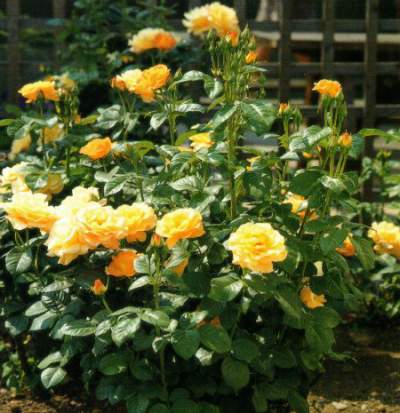
Hardly any other area of garden practice causes as much uncertainty as cutting roses.
Responsible for this are the various types of roses and the personal philosophies of rose mavens.
Don't worry, as always I will explain this important part of rose care in an easy and understandable way.
Pruning roses is a widely discussed topic, but few have the heart to approach the subject in the right way.
Many sources discourage from pruning and recommend a natural growing for roses.
The plants will grow, but with fewer blooms, imperfect leaves and beside we will get poorly shaped plants standing with naked feet in our gardens. Unfortunately, the plants will be vulnerable to diseases and pests too.
I could continue with more arguments, but to put it in a nutshell...
- Only the annual performed pruning will bring floweriness, health and longevity to your flowers
- Damaged, dead and diseased wood must be removed from the rose
General Pruning Guidelines
Important
Always use clean and sharp rose pruners, shears and other tools on your roses
Some pruning procedures apply to all roses similarly. They are easy to understand and easy to follow.
- Prune canes with frost damages, injuries and those with diseases or where overwintering forms of pests are located to the healthy wood (e.g. black eggs of the aphids)
- Thin shoots or unnecessary side shoots that can’t hold the florescence in summer should be pruned back to their base (Branches smaller than pencil in diameter)
- Prune crossing branches. The weaker is cut out in favor of the stronger. They could scar their neighboring canes and cause damages where pathogens can enter the wood.
Rule of thumb
Heavy pruning = strong new growth; Weak pruning = weak new growth
Why Should I Know The Age Of The Canes
The goal of rose pruning is to remove aging wood and thereby consistently stimulate the plant to form new shoots, but it is also beneficial to keep shoots with a different age.
How to identify the age of the canes…
- The color of the bark: Young shoots will be light-green to light-red colored; a one-year-old shoot will be dark-green to light-brown and the bark of older shoots will be gray to dark-brown, usually slightly cracked
- The development of bud eyes: With up to three years old canes, it is easy to recognize the bud eyes. But for 3-7 years old canes, the visibility of the bud eyes disappears and they degenerate. For the pruning, you may search for a “Sleeping Bud Eye,” usually a tiny dark spot. The leaf scar position will be more visible in a horizontal slash
- The color of the cane’s core: With young, one-year-old shoots the core will be white, soft and spongy, covered by a thin bark. As the shoots age, the core will be smaller and his color will be brownish. With older canes, you usually can find a thin, dark-brown band
For pruning, it is essential to know the age of the canes, to balance the growth of the plant. Older roses will need a rejuvenation pruning to stimulate their vitality.
This task varies depending on the rose and I will explain how to do it when we come to the pruning of rose types in detail.
Pruning Different Types Of Roses
The general pruning guidelines and knowledge above apply to all roses and if you just cut out diseased, dead and damaged wood, the first important step to get healthy and vigorous blooming roses is already done.
To make the topic of pruning roses more exciting, we are blessed with several types of roses, which need different treatment.
It sounds complicated, but if you stick to the easy guides I provide, it will be fun to watch how brilliant your roses will do in the growing season.
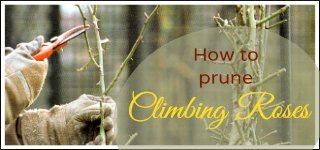
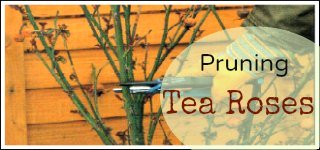
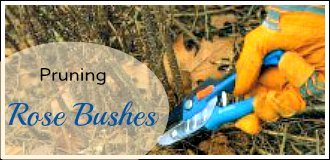
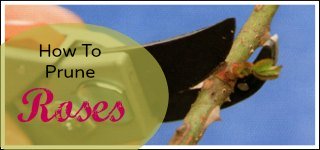













New! Comments
Have your say about what you just read! Leave me a comment in the box below.